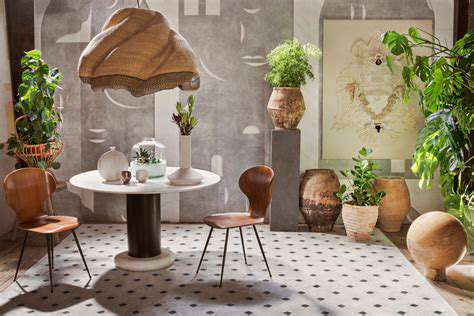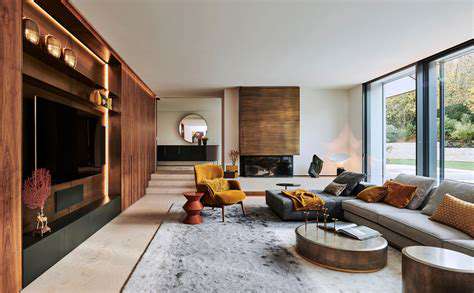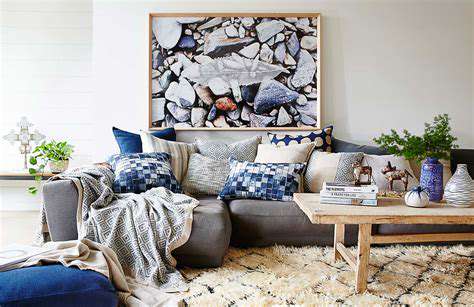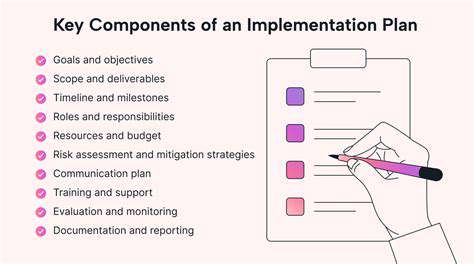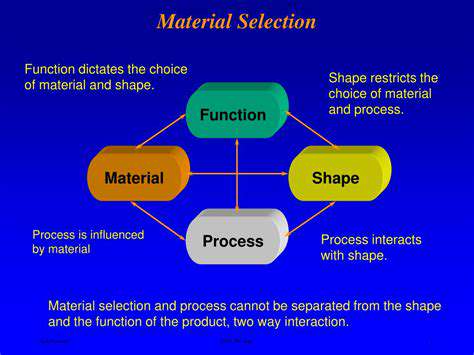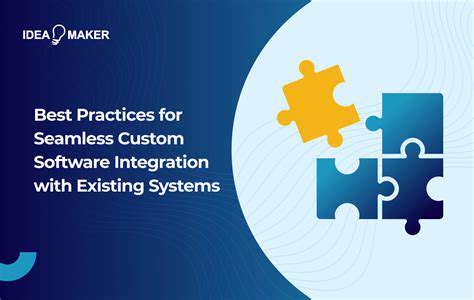Innovative Lighting Design for Enhanced Home Ambiance
The Nuanced Approach to Lighting Design
True lighting mastery extends far beyond simply installing fixtures; it's an artful orchestration of illumination that adapts to human needs and emotions. This sophisticated approach requires thoughtful consideration of multiple light sources - from the foundational ambient glow to precise task lighting and dramatic accent elements. The magic happens when these layers interact harmoniously, transforming spaces from merely functional to emotionally resonant.
Imagine painting with light rather than pigments. Each lighting layer contributes distinct qualities - the enveloping warmth of ambient light establishes comfort, while targeted task lighting enables focused work without strain. This intentional stratification creates dynamic, living spaces that evolve with their occupants' needs throughout the day.
Ambient Illumination: The Canvas of Light
Ambient lighting serves as the foundational layer, much like primer on a canvas. It provides uniform illumination while establishing the emotional tone of a space. Designers often achieve this through carefully positioned downlights, elegant chandeliers, or subtle wall sconces. The selection and placement of these fixtures dramatically influence how we perceive a room's dimensions and character. Successful ambient lighting considers both architectural elements and desired psychological effects, creating spaces that feel intuitively right.
Task Lighting: Precision Illumination
Where ambient light sets the stage, task lighting takes center spotlight for specific activities. Whether it's an architect's drafting table, a chef's prep area, or a reader's favorite armchair, these focused light sources reduce eye fatigue while enhancing performance. The secret lies in positioning - optimal task lighting eliminates shadows and glare while providing just the right intensity.
Bulb selection becomes particularly crucial here. The color rendering index (CRI) matters as much as brightness, ensuring colors appear true and details remain sharp during close work.
Accent Lighting: The Jewelry of Interior Design
Accent lighting adds the finishing touches like carefully chosen accessories complete an outfit. Strategic spotlights can make artwork sing, while discreet LED strips might reveal the texture of a stone wall. This layer creates visual hierarchy, guiding the eye to design highlights while adding depth and drama.
The most successful lighting designs balance all three layers seamlessly. Like a symphony conductor, the designer modulates these elements to create spaces that are equally beautiful and functional - adapting effortlessly from morning productivity to evening relaxation.
Ambient Lighting: Crafting Atmosphere
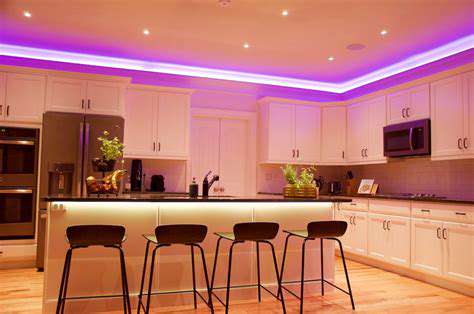
The Psychology of Ambient Light
Ambient lighting operates on both practical and subconscious levels. This base layer doesn't just illuminate - it influences mood, perceived space, and even social dynamics. Studies show warmer ambient lighting promotes relaxation and conversation, while cooler tones enhance alertness. The best designs consider these psychological impacts alongside aesthetic goals.
Fixture Selection as Design Statement
Choosing ambient fixtures requires balancing form and function. A grand chandelier might anchor a formal dining room, while discreet cove lighting could enhance a minimalist bedroom. The most effective solutions consider:
- Room proportions and ceiling height
- Existing architectural features
- Desired maintenance accessibility
- Energy efficiency requirements
The Science of Light Layering
True lighting mastery understands how ambient light interacts with other layers. Dimmer controls prove essential, allowing the ambient level to adjust as task and accent lights engage. This dynamic approach creates spaces that feel alive - brighter for morning routines, softer for evening relaxation, with infinite variations between.
Task Lighting: Engineering Focus
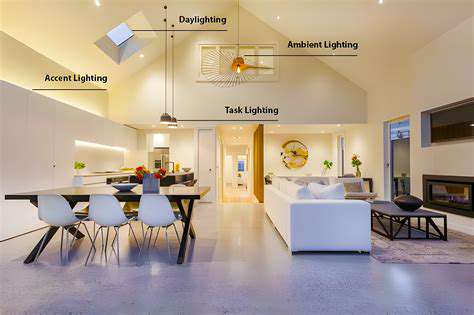
Ergonomics of Illumination
Proper task lighting combines optical engineering with human factors. The ideal solution considers:
- Task surface reflectivity
- User eye height and viewing angle
- Duration of focused work
- Potential for glare or reflections
Adjustable arm lamps with directional heads often provide the most versatile solutions, adapting as needs change throughout the day.
Beyond the Desk: Unexpected Applications
While office lighting gets most attention, task lighting principles enhance numerous spaces:
- Makeup vanities requiring shadow-free facial illumination
- Kitchen work triangles needing shadowless food prep areas
- Workshop benches demanding explosion-proof fixtures
- Musical instrument stands requiring sheet music visibility
Accent Lighting: Curating Visual Interest
The Art of Highlighting
Accent lighting follows the same principles museum curators use - directing attention while preserving context. Effective techniques include:
- 30-degree rule: Aim lights at 30° angles to prevent glare
- Three-to-one ratio: Accent lights should be 3x brighter than ambient
- Grazing technique: Positioning lights close to textured surfaces
Dynamic Lighting Scenes
Modern smart systems allow accent lighting to transform throughout the day:
| Time | Lighting Scene | Effect |
|---|---|---|
| Morning | Crisp white | Energizing |
| Afternoon | Natural spectrum | Color-accurate |
| Evening | Warm amber | Relaxing |
| Night | Moonlight blue | Wayfinding |
Just as relationships require thoughtful nurturing, lighting design benefits from careful layering and adaptation. The most successful environments evolve with their occupants' needs, offering both visual delight and practical functionality. By understanding these lighting principles, we create spaces that don't just illuminate, but truly enhance daily living.
